
- For PC
- For MAC
- For Linux
- OS: Windows 10 (64 bit)
- Processor: Dual-Core 2.2 GHz
- Memory: 4GB
- Video Card: DirectX 11 level video card: AMD Radeon 77XX / NVIDIA GeForce GTX 660. The minimum supported resolution for the game is 720p.
- Network: Broadband Internet connection
- Hard Drive: 22.1 GB (Minimal client)
- OS: Windows 10/11 (64 bit)
- Processor: Intel Core i5 or Ryzen 5 3600 and better
- Memory: 16 GB and more
- Video Card: DirectX 11 level video card or higher and drivers: Nvidia GeForce 1060 and higher, Radeon RX 570 and higher
- Network: Broadband Internet connection
- Hard Drive: 62.2 GB (Full client)
- OS: Mac OS Big Sur 11.0 or newer
- Processor: Core i5, minimum 2.2GHz (Intel Xeon is not supported)
- Memory: 6 GB
- Video Card: Intel Iris Pro 5200 (Mac), or analog from AMD/Nvidia for Mac. Minimum supported resolution for the game is 720p with Metal support.
- Network: Broadband Internet connection
- Hard Drive: 22.1 GB (Minimal client)
- OS: Mac OS Big Sur 11.0 or newer
- Processor: Core i7 (Intel Xeon is not supported)
- Memory: 8 GB
- Video Card: Radeon Vega II or higher with Metal support.
- Network: Broadband Internet connection
- Hard Drive: 62.2 GB (Full client)
- OS: Most modern 64bit Linux distributions
- Processor: Dual-Core 2.4 GHz
- Memory: 4 GB
- Video Card: NVIDIA 660 with latest proprietary drivers (not older than 6 months) / similar AMD with latest proprietary drivers (not older than 6 months; the minimum supported resolution for the game is 720p) with Vulkan support.
- Network: Broadband Internet connection
- Hard Drive: 22.1 GB (Minimal client)
- OS: Ubuntu 20.04 64bit
- Processor: Intel Core i7
- Memory: 16 GB
- Video Card: NVIDIA 1060 with latest proprietary drivers (not older than 6 months) / similar AMD (Radeon RX 570) with latest proprietary drivers (not older than 6 months) with Vulkan support.
- Network: Broadband Internet connection
- Hard Drive: 62.2 GB (Full client)
Continuing what’s new in the upcoming Dagor Engine 6.0, that will appear in the game with the release of the War Thunder update “New Power”. Today we would like to talk about the new effects for air battles!
In the release of the updated version of the Dagor graphics engine, major changes in the visual effects in aviation will come to War Thunder. New effects for shots and explosions, new physics of fire and the destruction of aircraft are coming in the next update of the game! Now for more details.
New skies and aircraft effects.
In previous versions of the game, flashes from aircraft shots were created by combining animated flats to create the illusion of volume. Such effects were not particularly realistic, the fire from the shots of guns for different calibers did not have its own correct reflection on the surfaces of aircraft, the bursts were similar to each other.
In War Thunder ‘New Power’, the muzzle flashes of cannons and machine guns are now modeled with particles, the muzzle fire effect has its own perspective correction and distortion, which makes it look more voluminous depending on the angle of view. The size of the shot flash depends on the caliber of the gun, and the muzzle flame itself has received the correct reflections on the surfaces of aircraft and gun barrels. In addition, the shell ejection effect has been updated, the bursts of shots are also reflected on the ejected casings. In the new version of the graphic effects, shot bursts, fires and explosions have received photometric brightness, making them look better in HDR and in the resulting post-processing.
New muzzle flames receive their own volume and reflections.
Aircraft rockets and missiles have received completely re-done visual effects: volumetric flame from a jet engine, new smoke trails and a jetstream effect.
Significant improvements have been made to the effects of aircraft shells and bombs hitting enemy aircraft and different surfaces. Depending on the caliber and type of projectile (bullet, missile), a flash with smoke and debris occurs at the point of impact. The appearance of the incoming hits now depends on the material of the elements receiving damage - metal or canvas hulls, wooden or metal structural elements are destroyed in different ways.
Shell hits on bomber’s wings and hull
When hitting the surface of the ground and objects in locations, different types of projectiles form different collision effects, depending on explosive weight in the projectile, and the type of surface (soil, snow, metal, wood, etc.). Now, the appearance of such collisions has been improved, with the addition of dynamic flash and smoke, sparks and blast effects. All fragments ripped off from aircraft and objects, soil particles, as well as ejected cases now have their own physical model.
3.000kg bomb explosion
We have transferred most of the damage effects in ground vehicles to aviation - blast effects, physical sparks, and correct lighting. The holes from bullets, shells and shrapnel have become voluminous, if a fire occurs inside an aircraft, flame is now visible through these holes. Aircraft fuel and service fluids now have new effects of leaking off when tanks and engines are damaged. The overall picture of a damaged aircraft has become noticeably more life-like, especially thanks to the new effects of fire and smoke.
New aircraft effects
Fires and explosions in aircraft and the subsequent destruction of the aircraft structure has become more reliable, the nature of the destruction now depends on the type of critical damage. We have reworked the physical and visual effects of flame and smoke, the fire trails from fuel have become voluminous and bright, with a long smoky tail. When the fire spreads, destruction of the aircraft occurs - broken wings rotate in the air, the fuel from the tanks continues to burn both out and inside them. In case of critical fire damage, the aircraft hull catches fire and continues to burn after hitting the ground. If the aircraft's speed is high when it hits the ground, it continues to slide with inertia - this effect is especially noticeable when destroying jet aircraft at low altitudes. If the surface on which the destroyed aircraft glides is solid, sparks appear under the fuselage. The effects of fire and smoke continue after sliding, the plane burns out on the ground for an extended period of time.
Downed jet is on fire.
So, in the upcoming War Thunder New Power update, air battles will noticeably change. We will continue to talk about the graphics improvements very soon. Stay tuned to find out more!
The War Thunder team

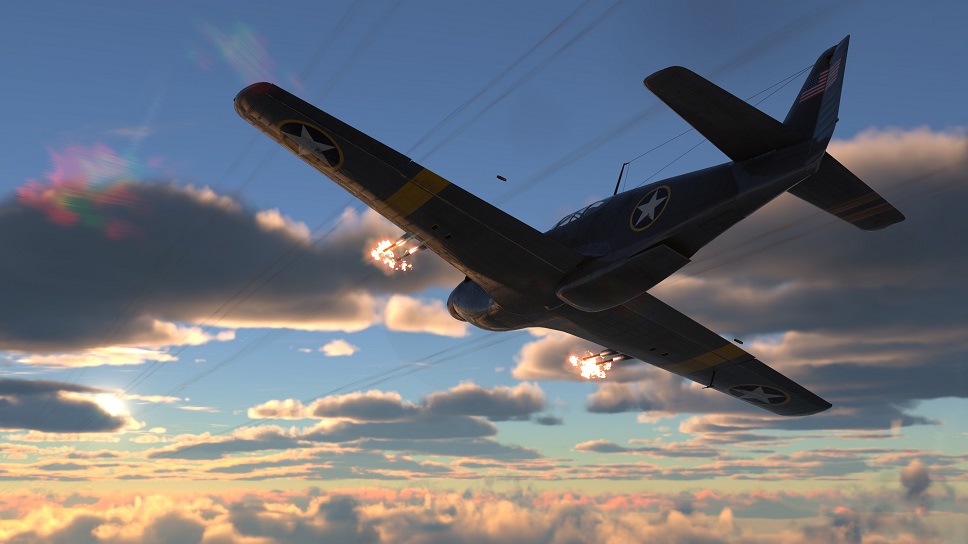
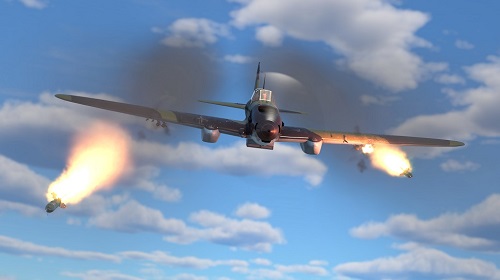
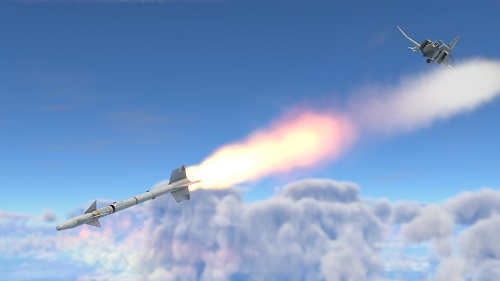
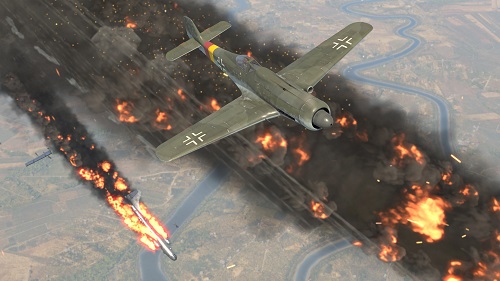
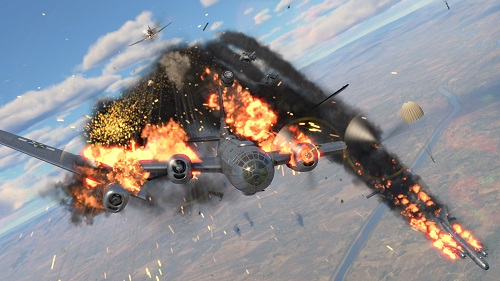
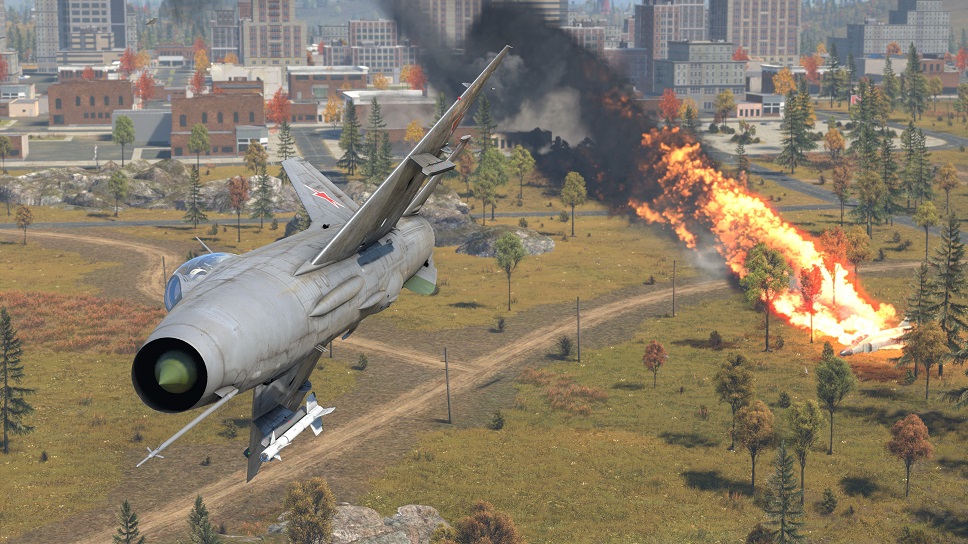
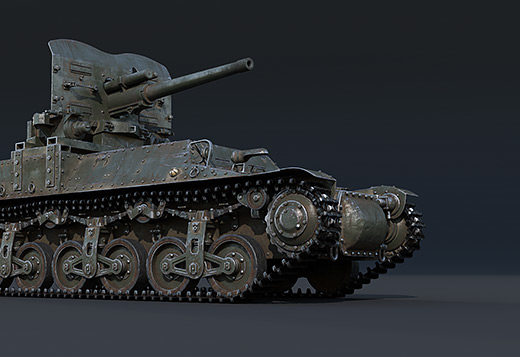
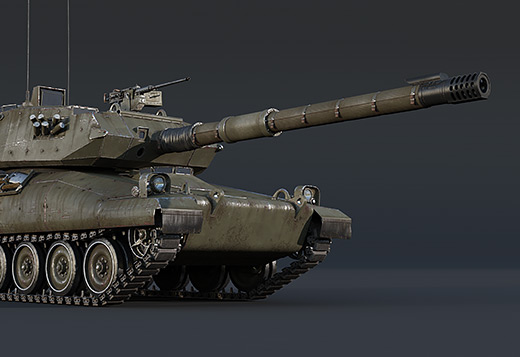
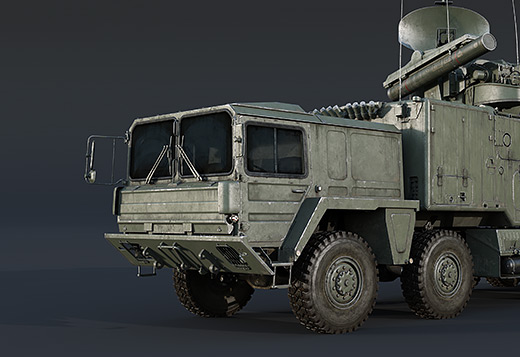
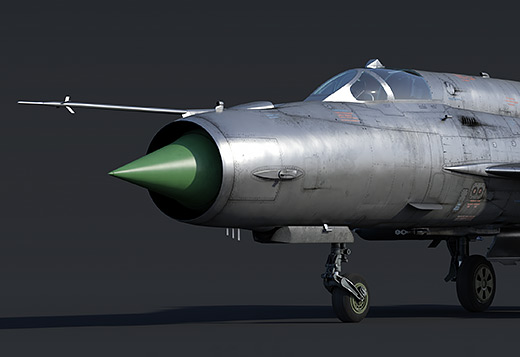
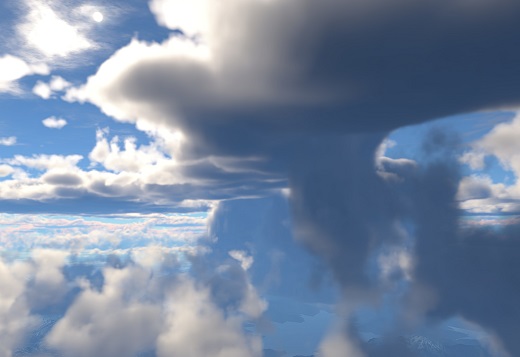
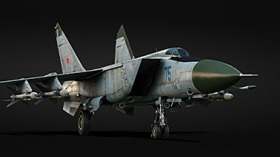

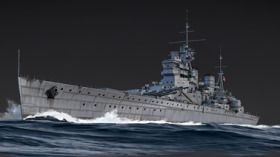

Comments (295)
Hey mods i need buy new PC...? Will the minimum recommendations change?
i rarely comment on these but man, that looks really good.
Honestly, those explosions literally look like the simulation effects you tend to see in engines of softwares. By the way...WHAT ARE THE SYSTEM SPECS!!!!!!! ANSWER ALREADY DAMMIT!!
time to bid farewell to one of my kidneys
Is this going to screw up fps for low end users? I run between 30-50 fps on ULQ.
Legit wonder how this gonna affect ULQ
1 more dev 1 more dev! ; D
I have so many Questions. Will there be min graphics required to play on old pc? Will there be fox holes after a bomb have exploded on the ground? Will the Sound be Updated?
Not to go all Reddit neckbeard on you *snorts* well actually, but i cant see them ever adding destructible ground. That shit would tank any performance, and you could just get a squad of mates, spawn in pe-8's and watch half the enemy team (and friendly) crash once your bombs hit.
This is incredible! All of these new graphic updates, are one of the things I am most hyped about for this update!
Watching the video of the visual effects brought a tear to my eyes. Game looks absolutely beautiful now, well done guys.
Submit a complaint